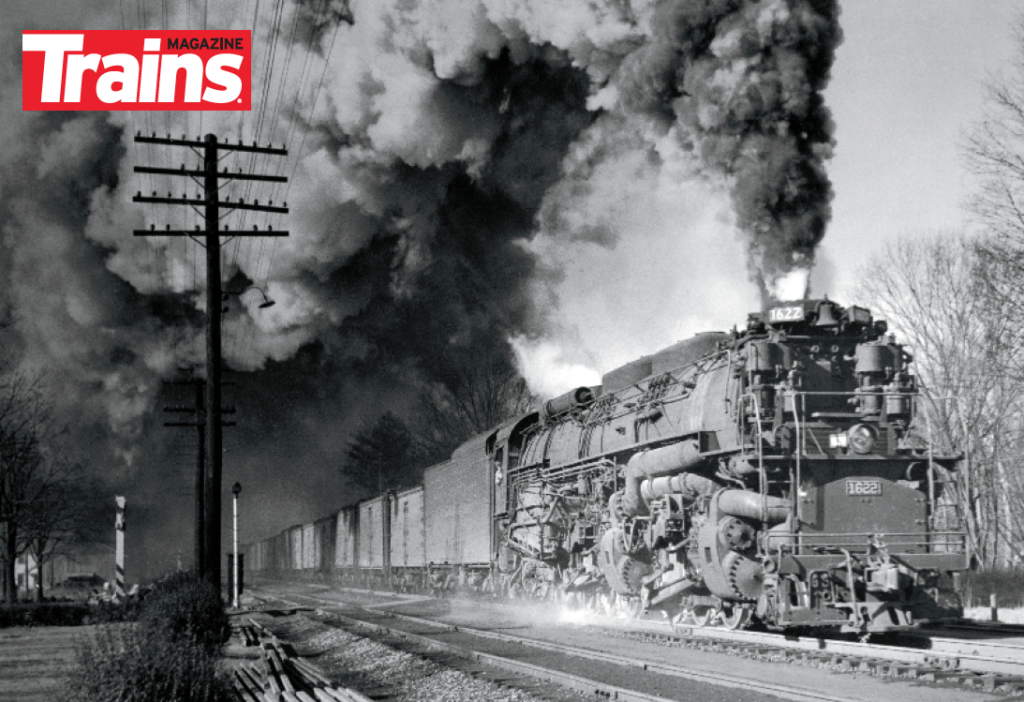
Chesapeake & Ohio Allegheny-type 2-6-6-2 steam locomotive No. 1622 pulls freight in West Virginia in the 1940s. B.F. Cutler 2-6-6-6 •YEARS BUILT: 1941 to 1948 •MANUFACTURER: Lima •OPERATED ON: Chesapeake & Ohio, Virginian Railway •NAMES: Allegheny on C&O, Blue Ridge on Virginian •QUANTITY: 68 •BOILER PRESSURE: 260 psi •KNOWN FOR: Hauling freight on steep mountain […]
Read More…
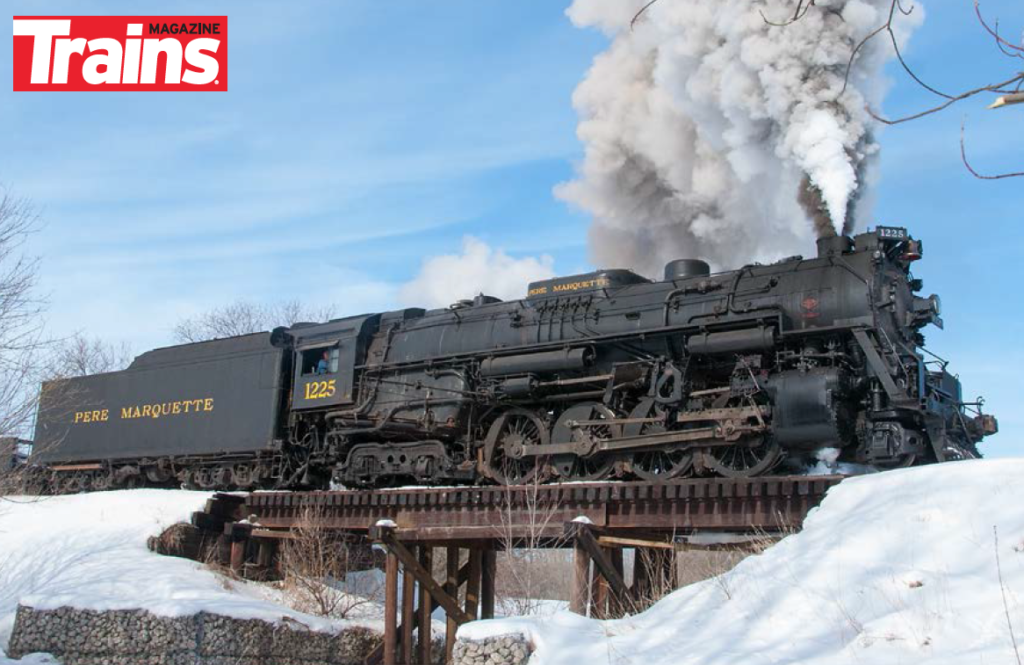
Pere Marquette 2-8-4 Berkshire type steam locomotive No. 1225 steams near Owosso, Michigan. Jim Wrinn 2-8-4 •YEARS BUILT: 1924 to 1949 •MANUFACTURERS: Lima, Alco, Baldwin •OPERATED ON: Multiple large railroads •NAMES: Berkshire, Kanawha (Chesapeake & Ohio) •QUANTITY: 611; C&O had the most with 130 on the roster in 1947 •BOILER PRESSURE: 240 psi •KNOWN FOR: […]
Read More…
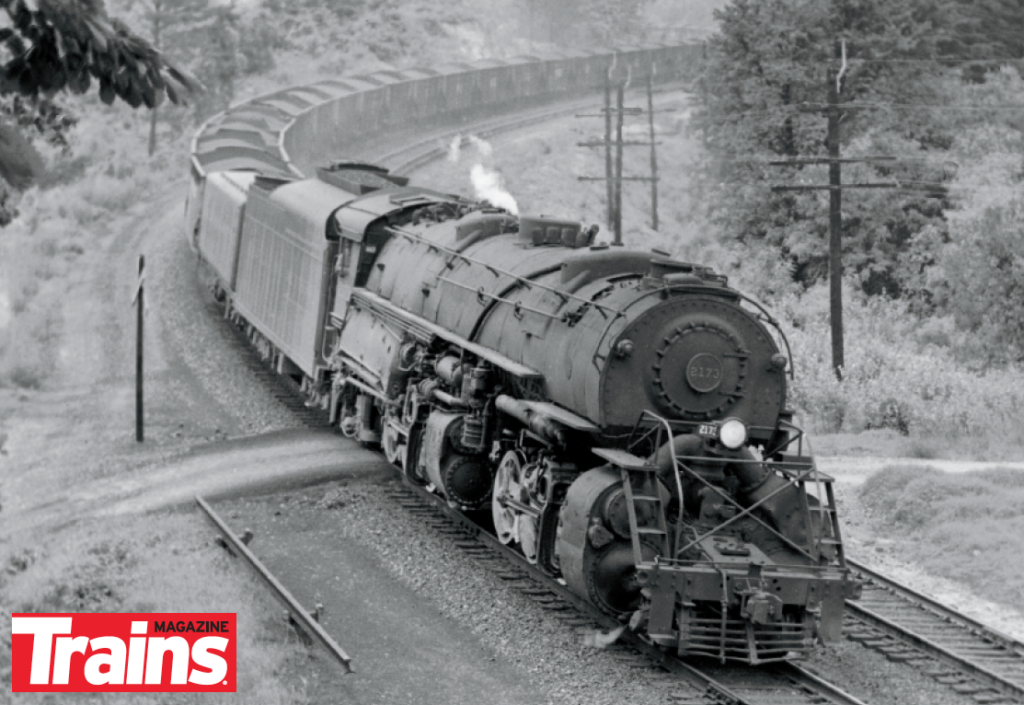
Norfolk & Western 2-8-8-2 Y class type steam locomotive hauls a coal train in Virginia in 1958. Jim Shaughnessy 2-8-8-2 •YEARS BUILT: 1909 to 1952 •MANUFACTURERS: Baldwin, Norfolk & Western •OPERATED ON: Numerous railroads that required power to pull heavy freight trains upgrade •NAMES: Chesapeake (Chesapeake & Ohio), Y (Norfolk & Western) •QUANTITY: 844; Norfolk […]
Read More…
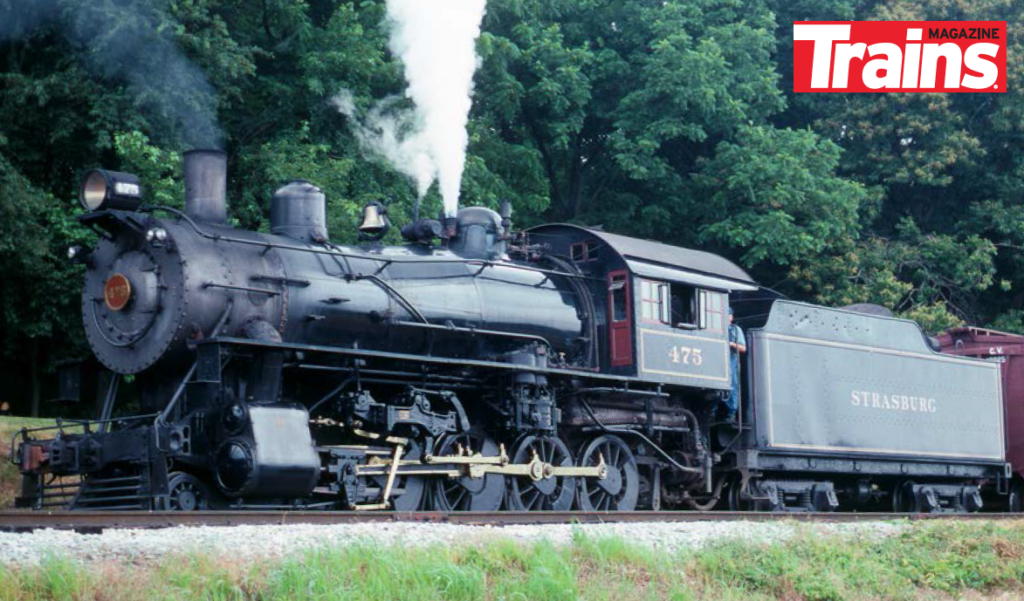
Strasburg Rail Road 4-8-0 Mastodon-type steam locomotive No. 475 pulls a tourist train in Pennsylvania. Jim Wrinn 4-8-0 •YEARS BUILT: 1890s to 1935 •MANUFACTURERS: Brooks, Rogers, Alco, Baldwin, Norfolk & Western •OPERATED ON: Jersey Central, Lackawanna, Union Pacific, Winston-Salem Southbound, Norfolk & Western, Delaware & Hudson, Great Northern, Northern Pacific, Illinois Central, Missouri Pacific, Southern […]
Read More…
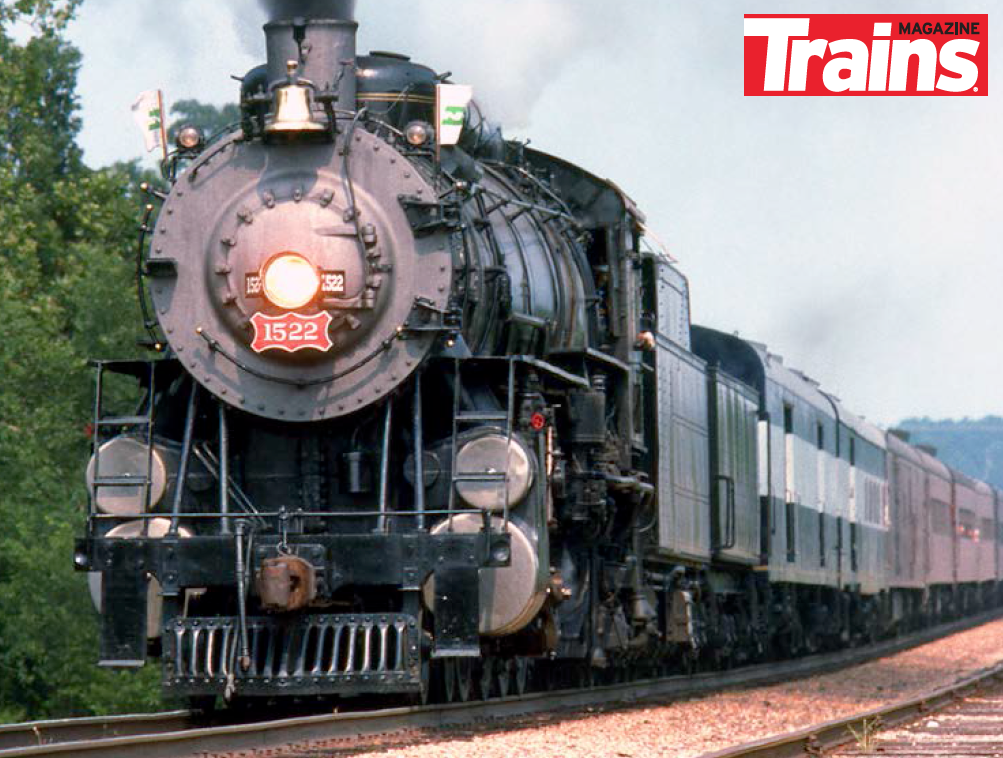
Frisco 4-8-2 Mountain type steam locomotive No. 1522 hauls a tourist train near Swedeborg, Missouri, in 1994. Jim Wrinn 4-8-2 •YEARS BUILT: 1911 to 1948 •MANUFACTURERS: Alco, Baltimore & Ohio, Lima, Canadian, Montreal •OPERATED ON: Numerous large railroads requiring power for fast freight and passenger trains •NAMES: Mountain, Mohawk (New York Central) •QUANTITY: 2,201; New […]
Read More…
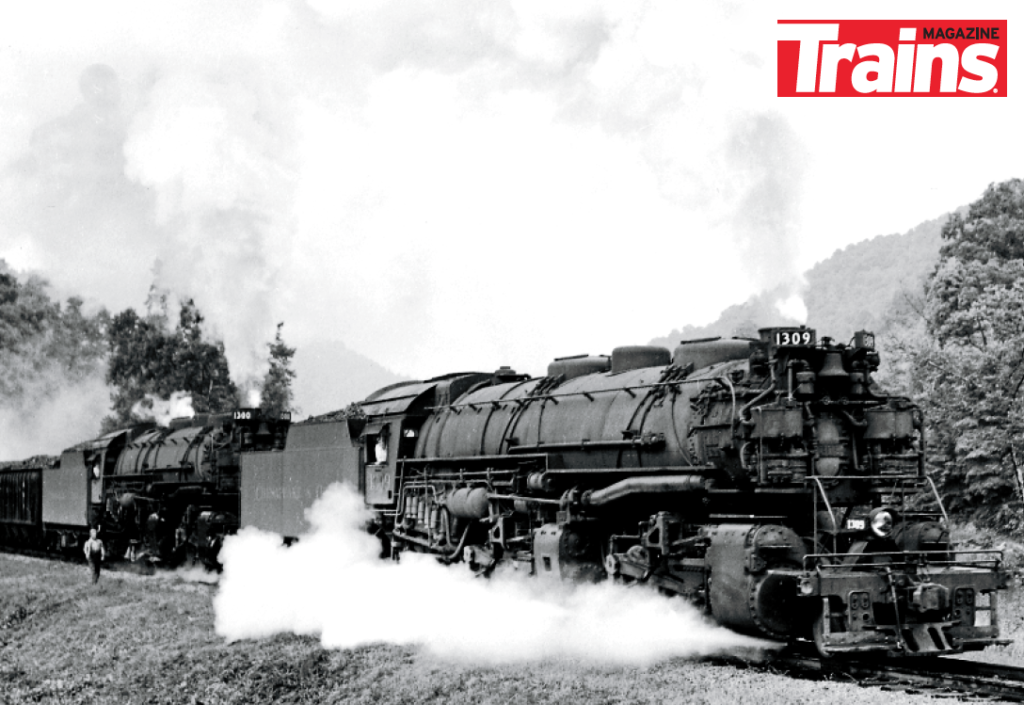
A 2-6-6-2 Mallet style steam locomotive ascends a grade in the Eastern United States. Chesapeake & Ohio Historical Society 2-6-6-2 •YEARS BUILT: 1906 to 1949 •MANUFACTURERS: Alco, Baldwin, Brooks •OPERATED ON: Railroads that hauled coal trains, and other heavy trains needing maximum tractive effort. Also used by some logging railroads in a tank engine version. […]
Read More…
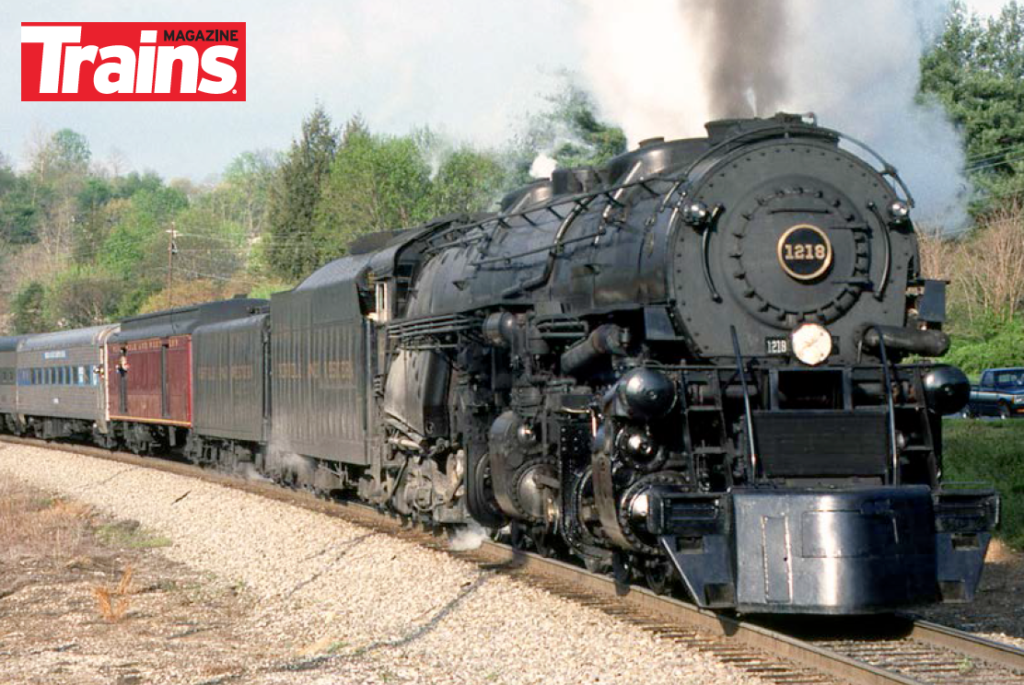
Norfolk & Western 2-6-6-4 Class A type steam locomotive pulls an excursion train in 1988. Jim Wrinn 2-6-6-4 •YEARS BUILT: 1934 to 1950 •MANUFACTURERS: Baldwin Locomotive Works, Norfolk & Western •OPERATED ON: Pittsburgh & West Virginia, Seaboard Air Line, Baltimore & Ohio, and Norfolk & Western •NAME: Norfolk & Western referred to the model as […]
Read More…
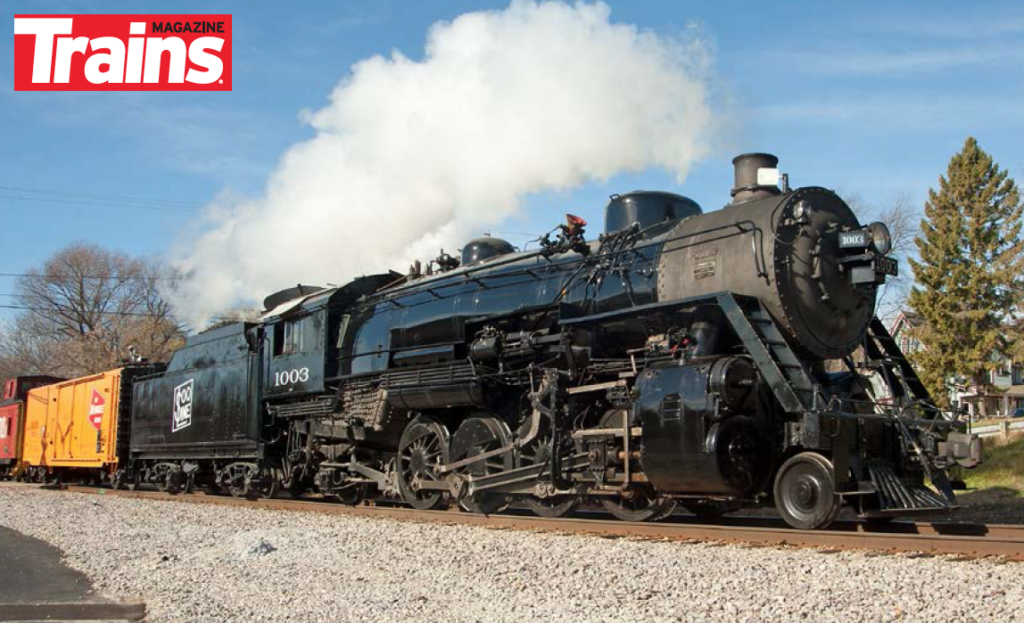
Soo Line 2-8-2 Mikado type steam locomotive appears in Wisconsin. Jim Wrinn 2-8-2 •YEARS BUILT: 1901-1949 •MANUFACTURERS: Alco, Baldwin, Lima, Canadian, Montreal, a few homemade •OPERATED ON: Every North American railroad •NAME: Mikado •QUANTITY: 10,000; New York Central had almost 1,400 •BOILER PRESSURE: 190-200 psi •KNOWN FOR: Well-designed, smooth-running engine used mostly in freight service […]
Read More…
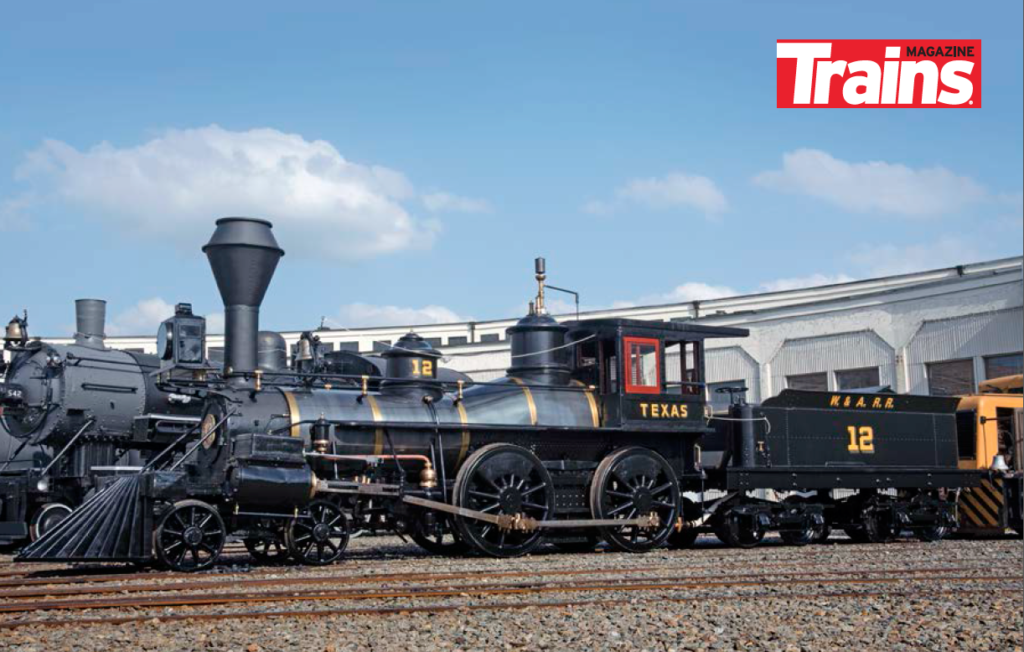
4-4-0 THE TEXAS WAS RESTORED IN 2017 FOR THE ATLANTA HISTORY CENTER. Jim Wrinn 4-4-0 •YEARS BUILT: 1836 to 1928 •MANUFACTURERS: Rogers, Baldwin, Danforth, Mason, Hinkley •OPERATED ON: Nearly all North American railroads during the mid-1800s •NAMES: American, Eight Wheeler •QUANTITY: 25,000 •BOILER PRESSURE: 175 psi •KNOWN FOR: Served North American railroads during the 19th century. […]
Read More…
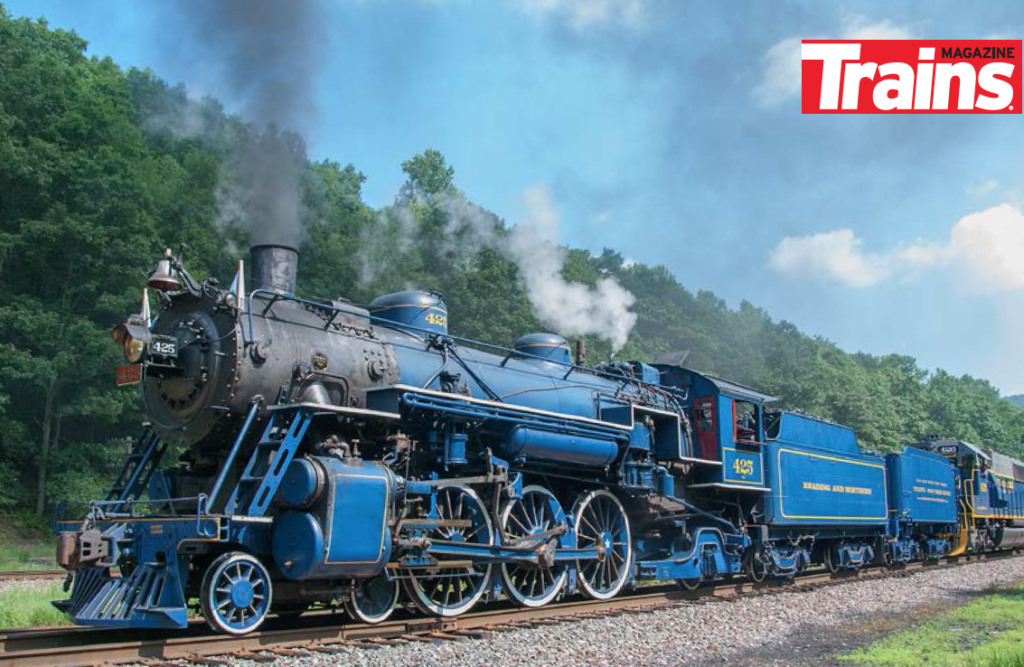
Blue Mountain & Reading Pacific-type 4-6-2 No. 425 in Pennsylvania. Jim Wrinn 4-6-2 •YEARS BUILT: 1902 to 1948 •MANUFACTURERS: Alco, Baldwin, Lima, Santa Fe, Baltimore & Ohio, Canadian Locomotive Co., Chicago Great Western, Milwaukee Road, Delaware & Hudson, Great Northern, Illinois Central, Lehigh Valley, Louisville & Nashville, New York Central, Norfolk & Western, Pennsylvania, Reading, […]
Read More…
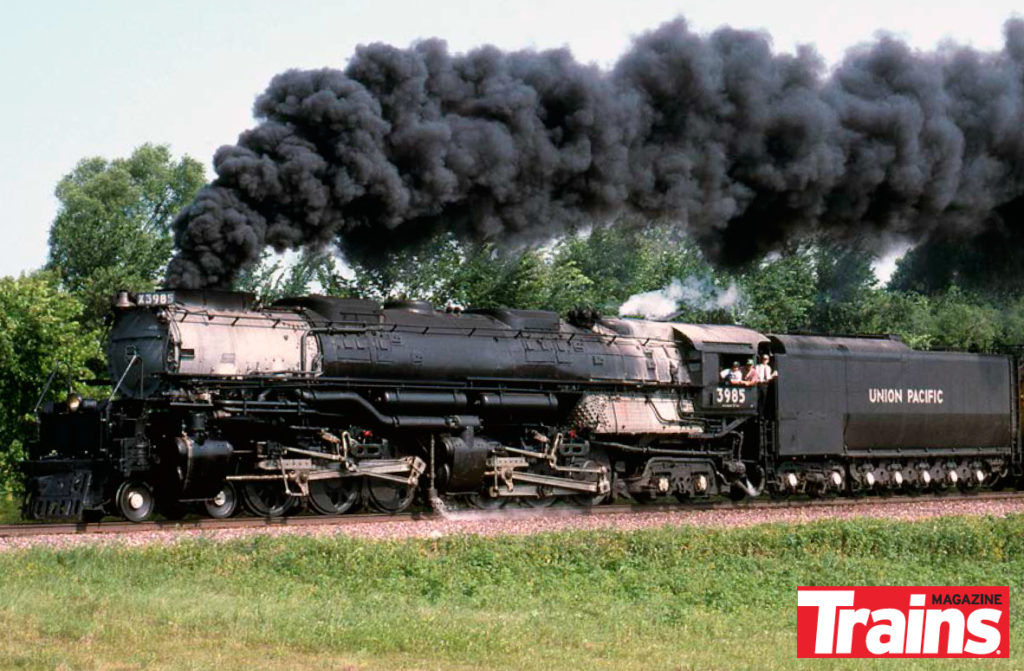
Union Pacific 4-6-6-4 Challenger type steam locomotive No. 3985 pulls an excursion in Iowa in 2002. Jim Wrinn 4-6-6-4 •YEARS BUILT: 1936 to 1947 •MANUFACTURERS: Alco, Baldwin •OPERATED ON: Union Pacific; Northern Pacific; Spokane, Portland & Seattle; Clinchfield; Delaware & Hudson; Western Pacific; Western Maryland; Denver & Rio Grande Western •NAME: Challenger •QUANTITY: 252; Union […]
Read More…
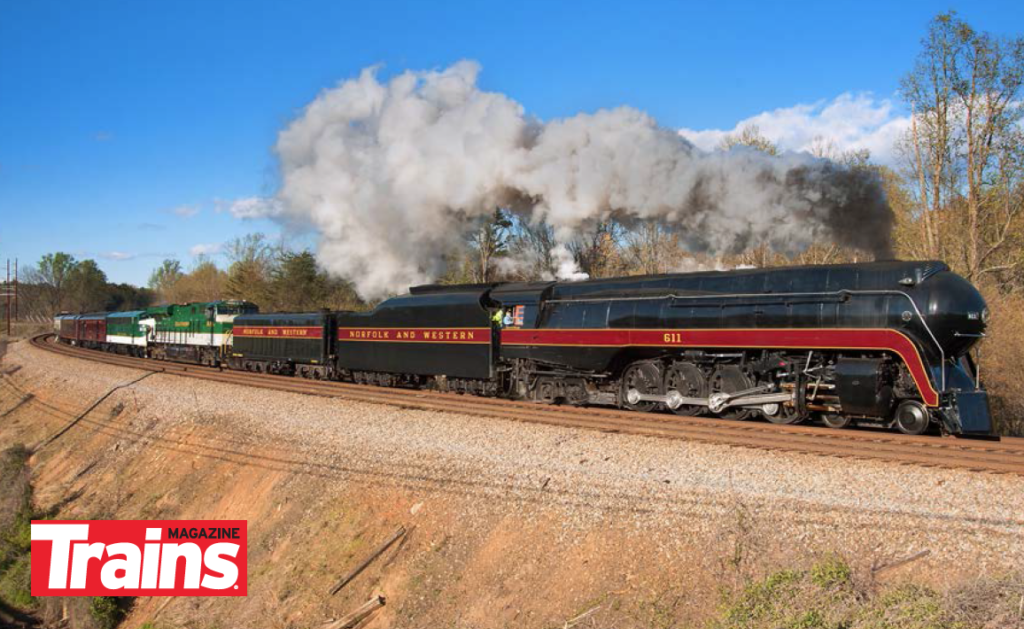
Norfolk & Western 4-8-4 No. 611 pulls an excursion in Virginia. Jim Wrinn 4-8-4 •YEARS BUILT: 1926 to 1950 •MANUFACTURERS: Baldwin, Lima, Alco, Canadian Locomotive Co., Canadian Pacific Railway, Montreal, Norfolk & Western •OPERATED ON: Most sizable railroads that provided fast freight and passenger service •NAME: Northern •QUANTITY: 1,115; Canadian National had more than 200 […]
Read More…












